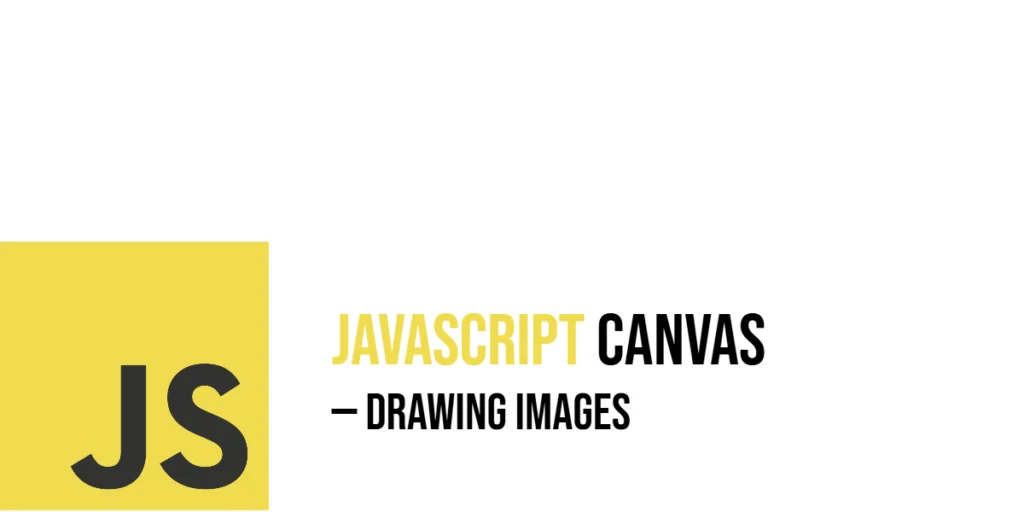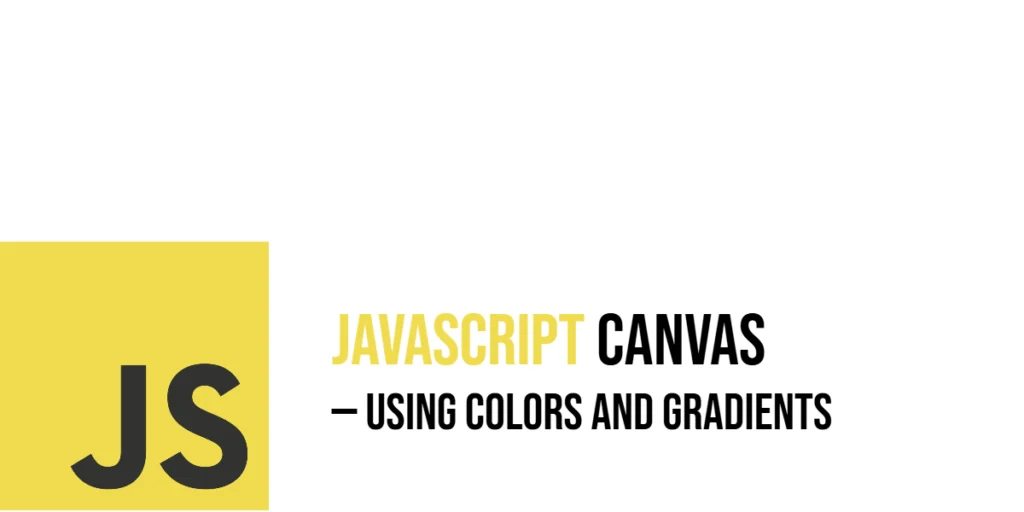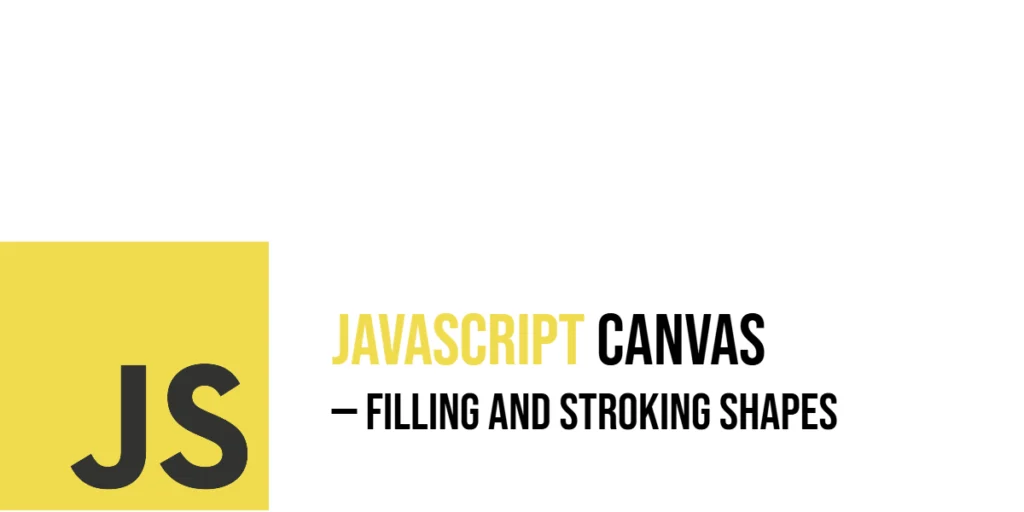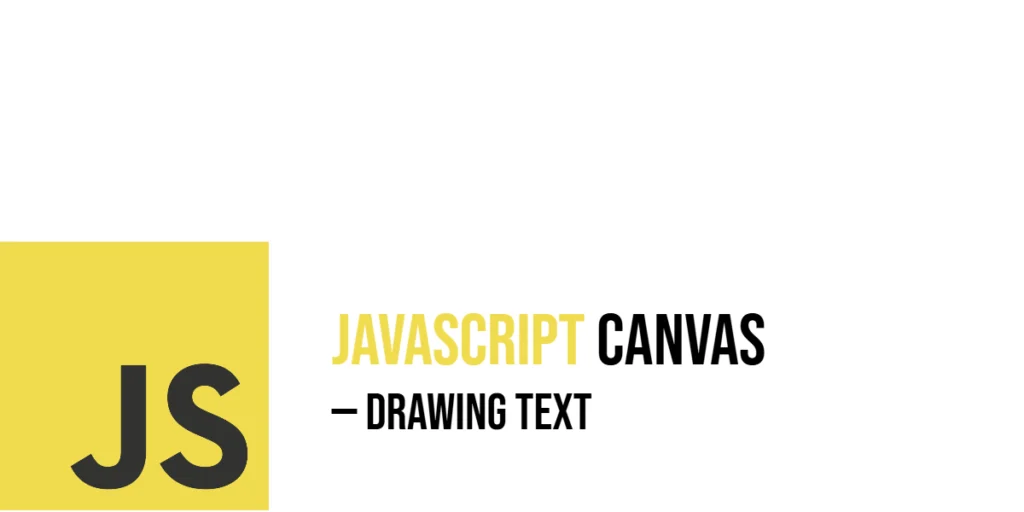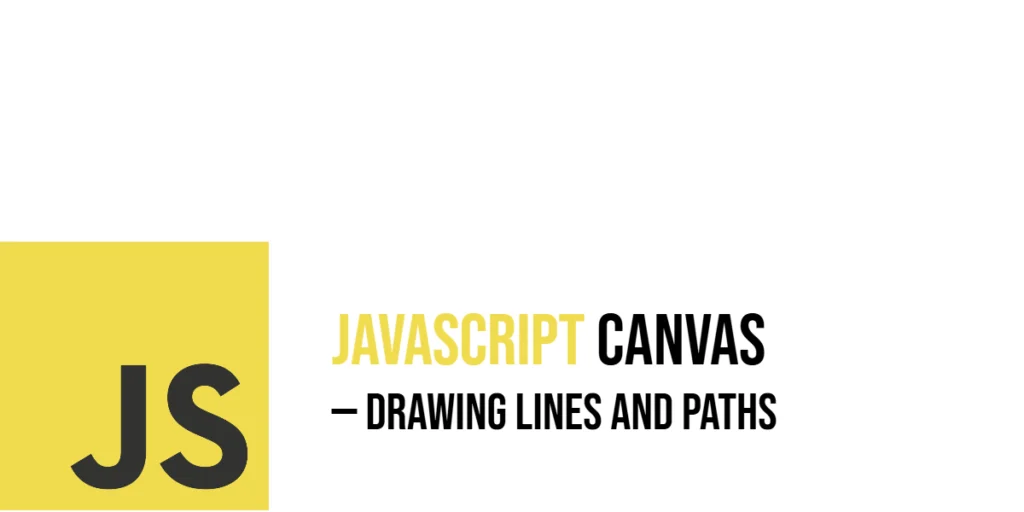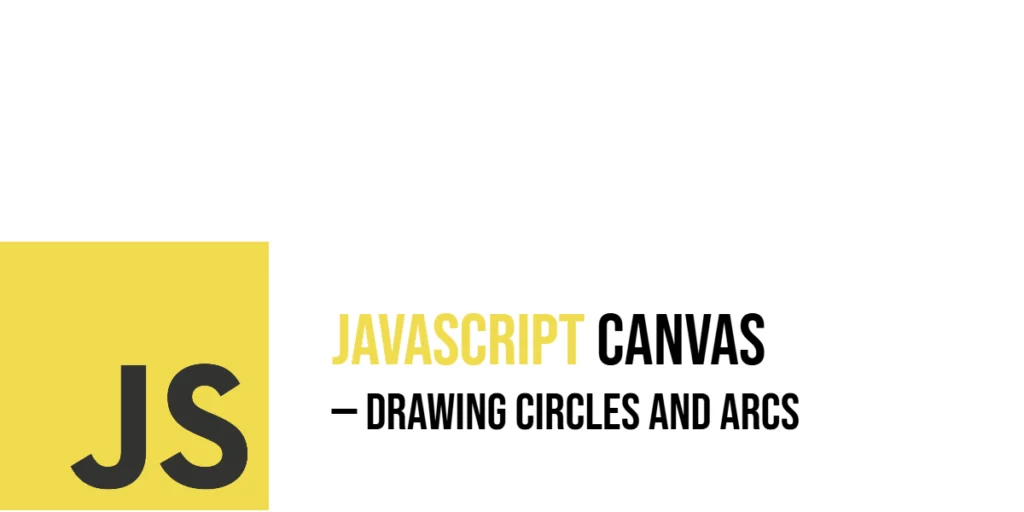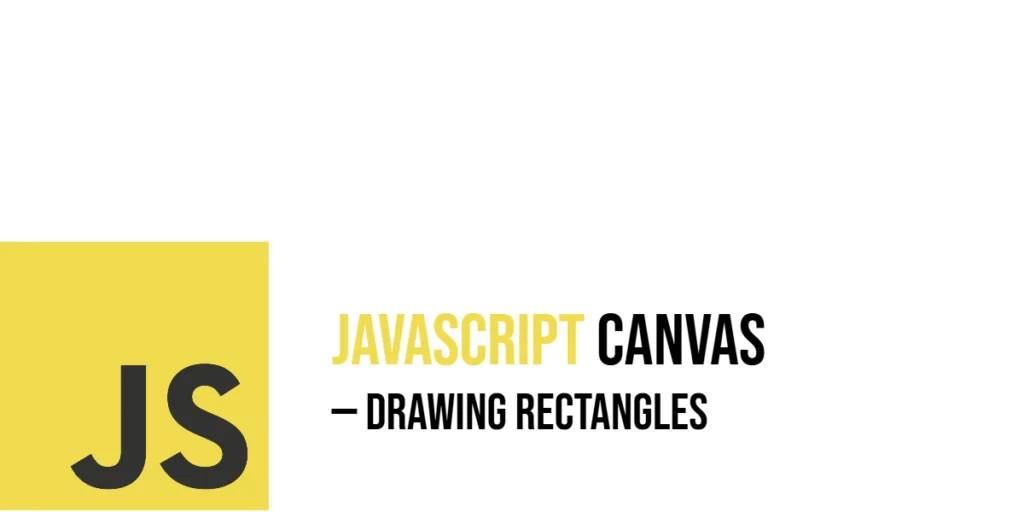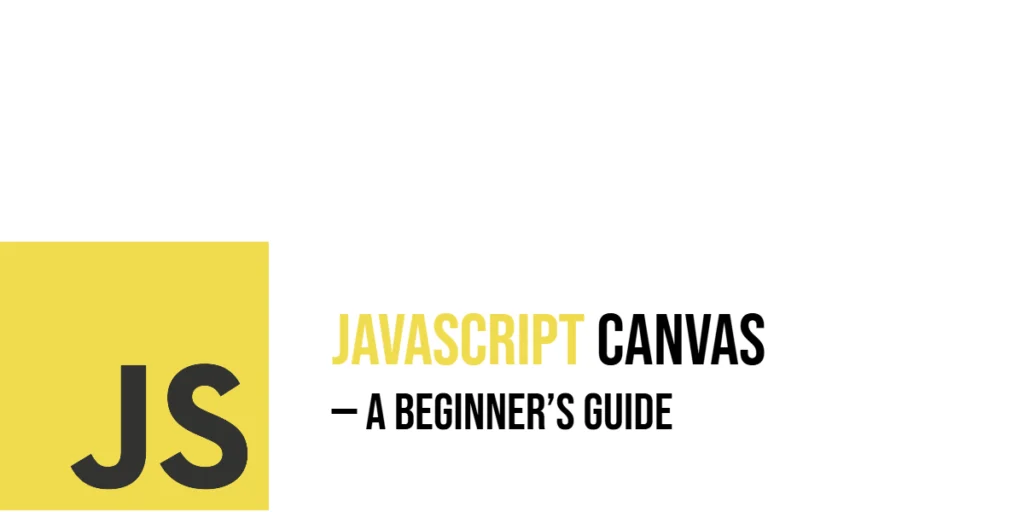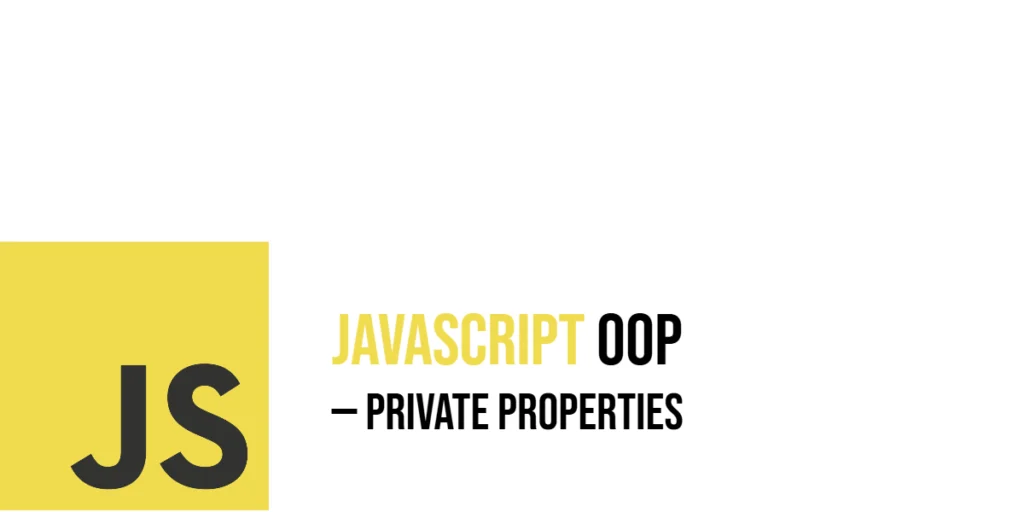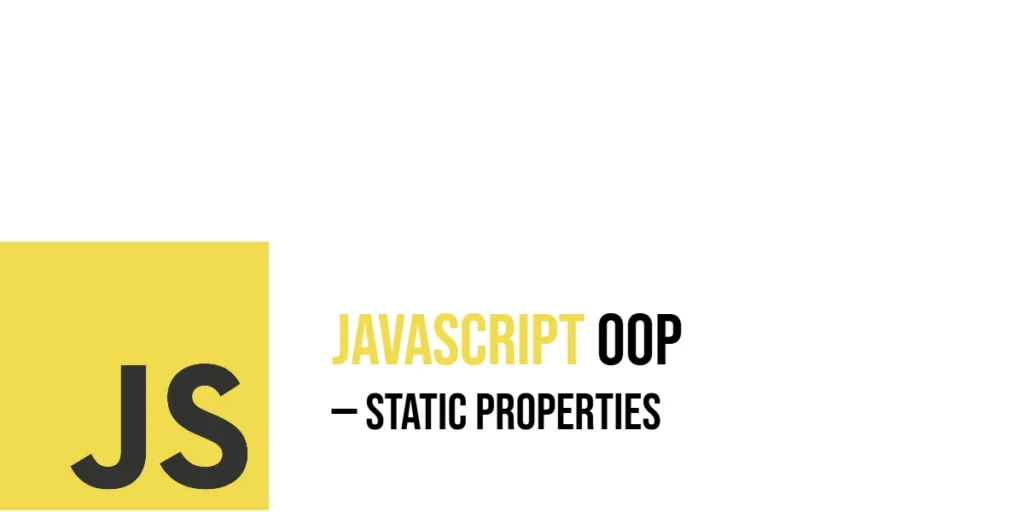JavaScript Canvas: Drawing Images
The HTML5 Canvas API is a powerful tool that allows developers to draw graphics, shapes, and images directly in a web browser using JavaScript. Among its many features, drawing images onto the canvas is one of the most exciting because it opens up creative possibilities, such as creating games, dynamic visualizations, and photo editing tools. […]
JavaScript Canvas: Drawing Images Read More »
